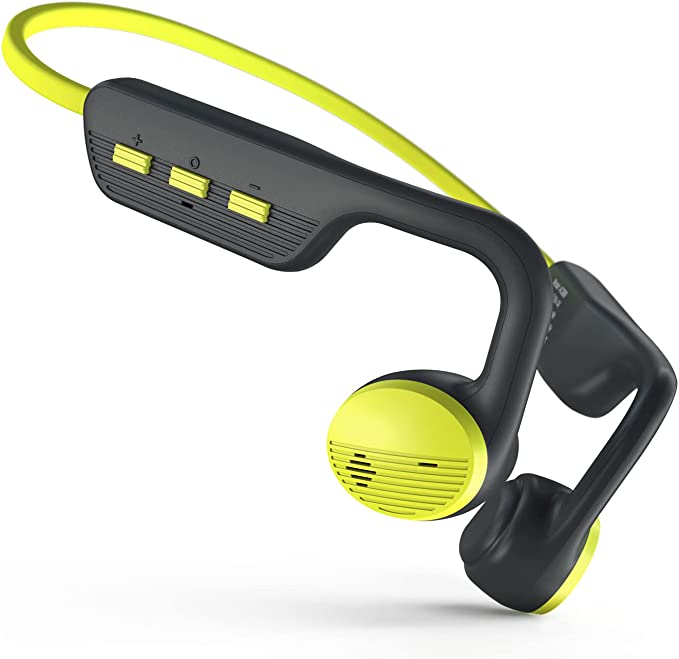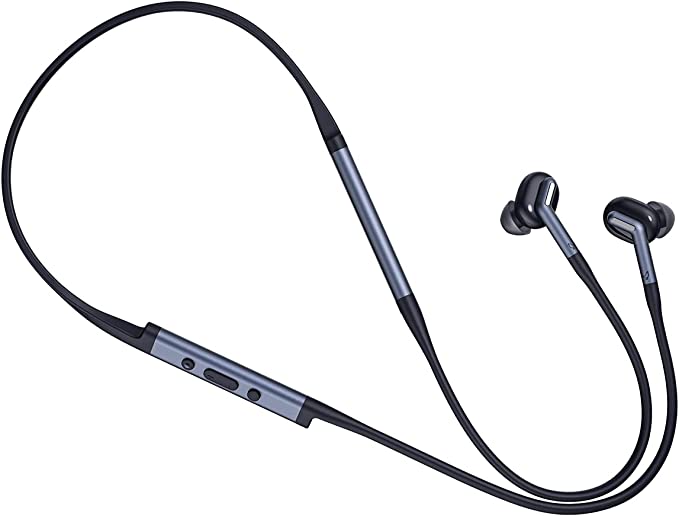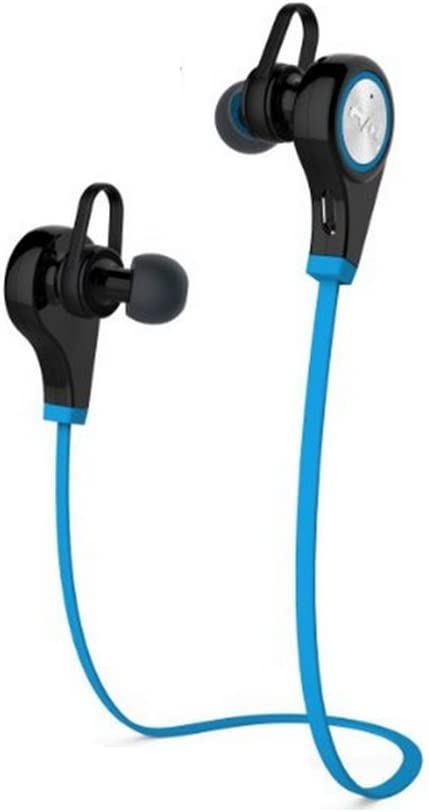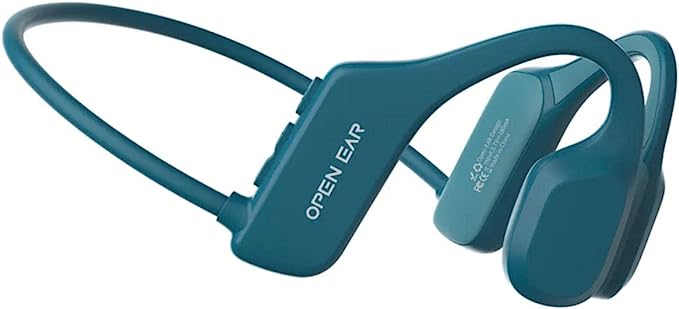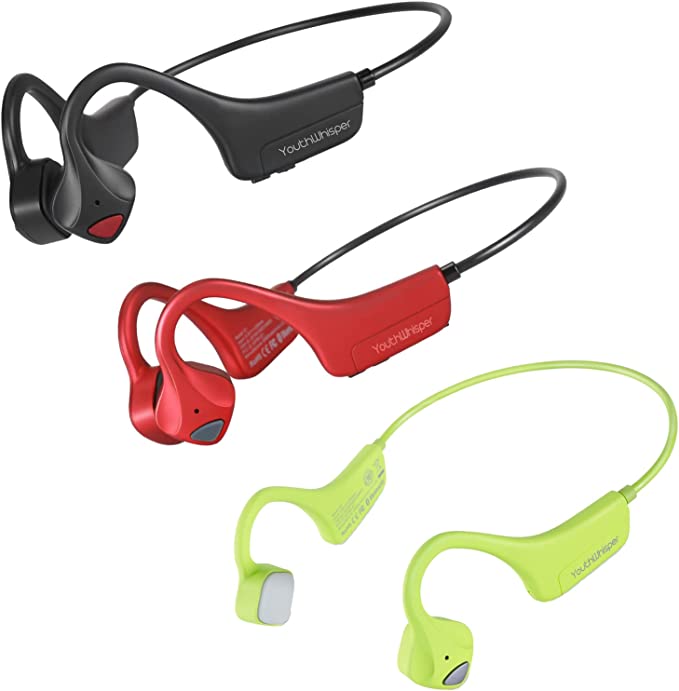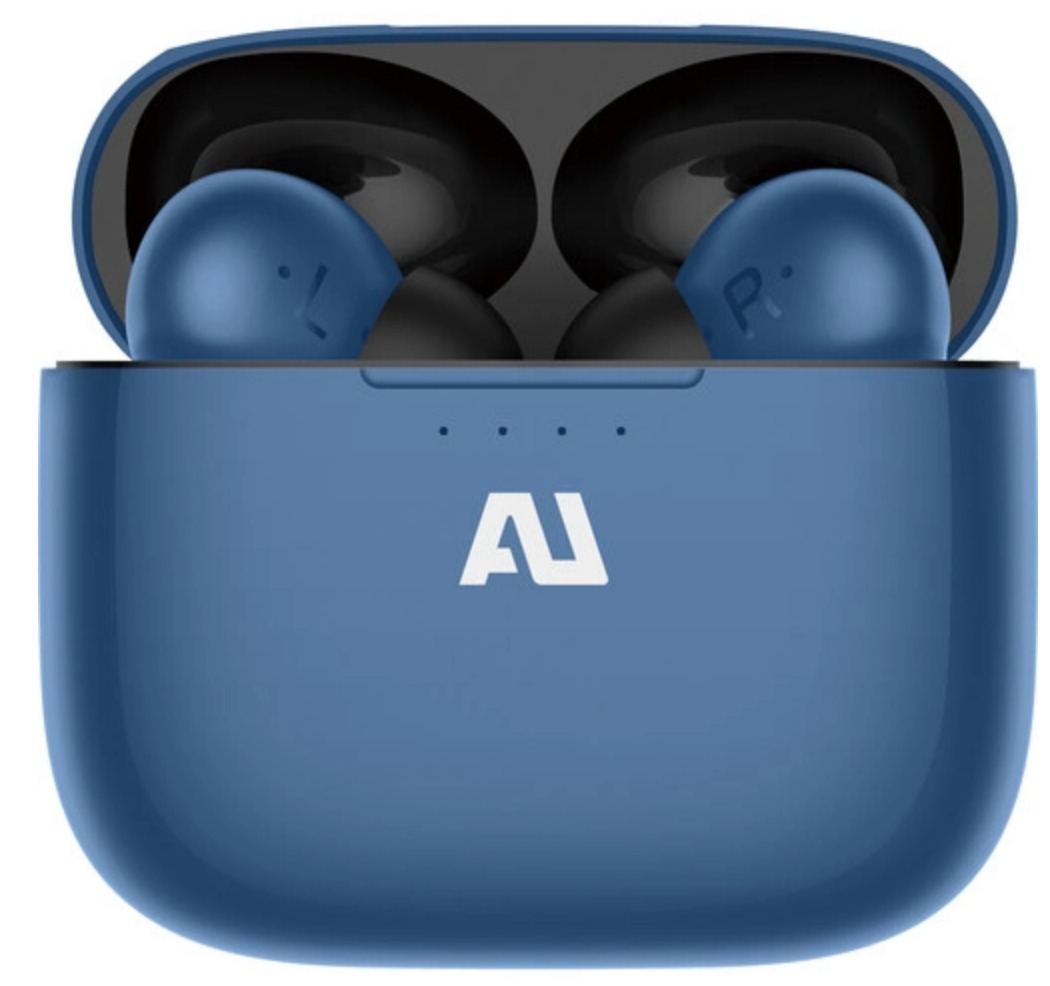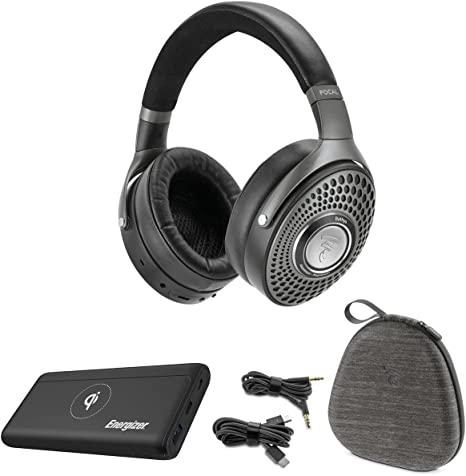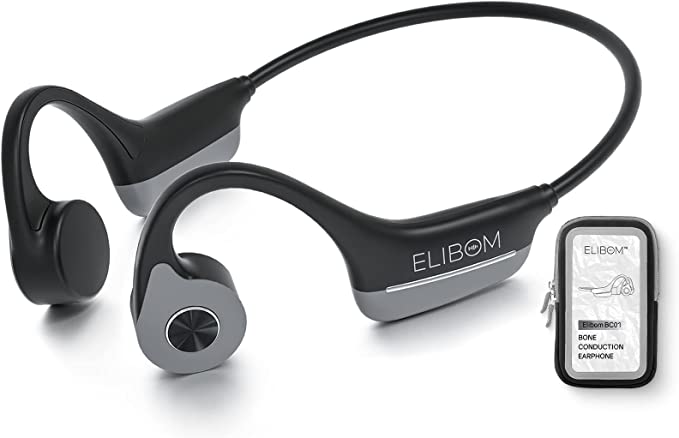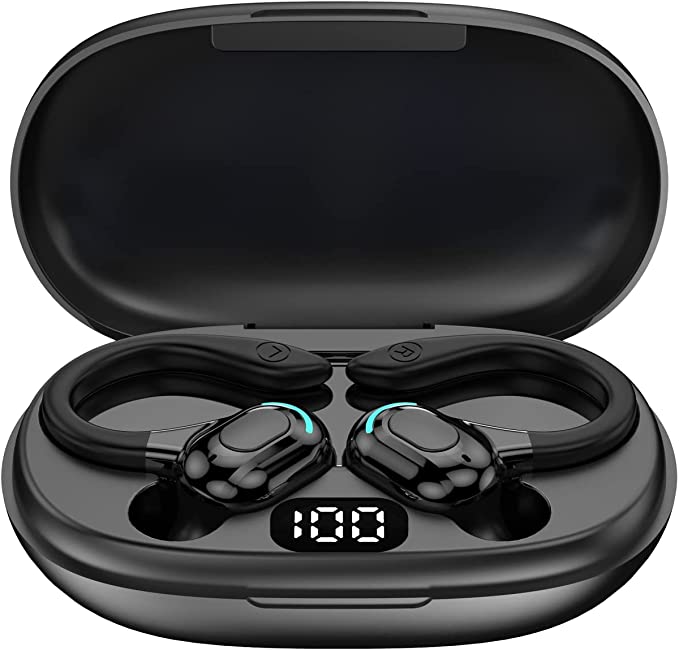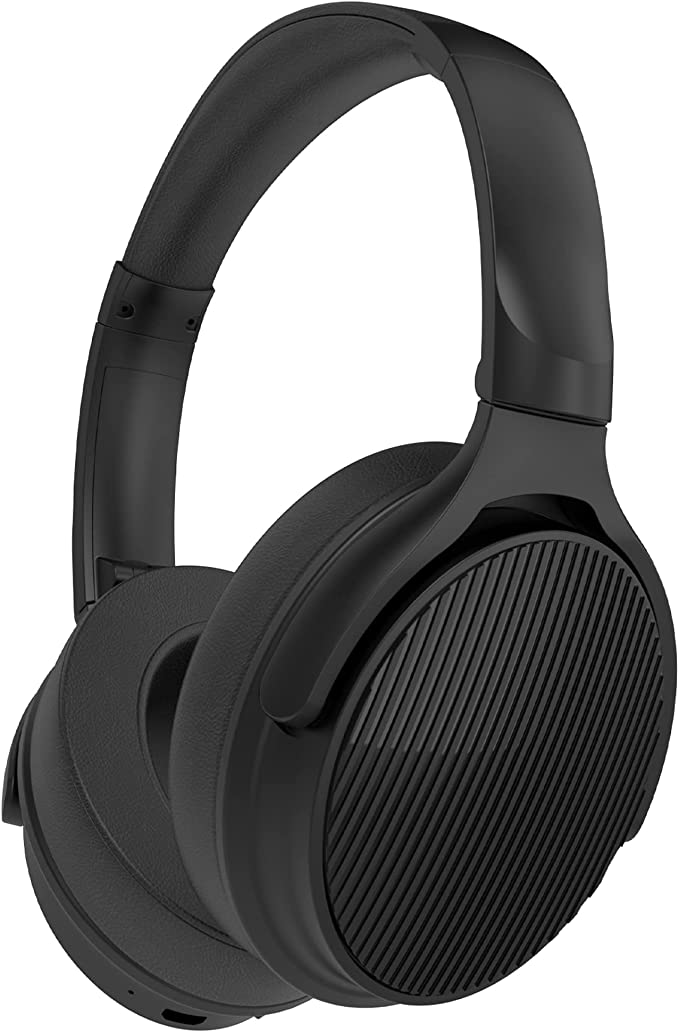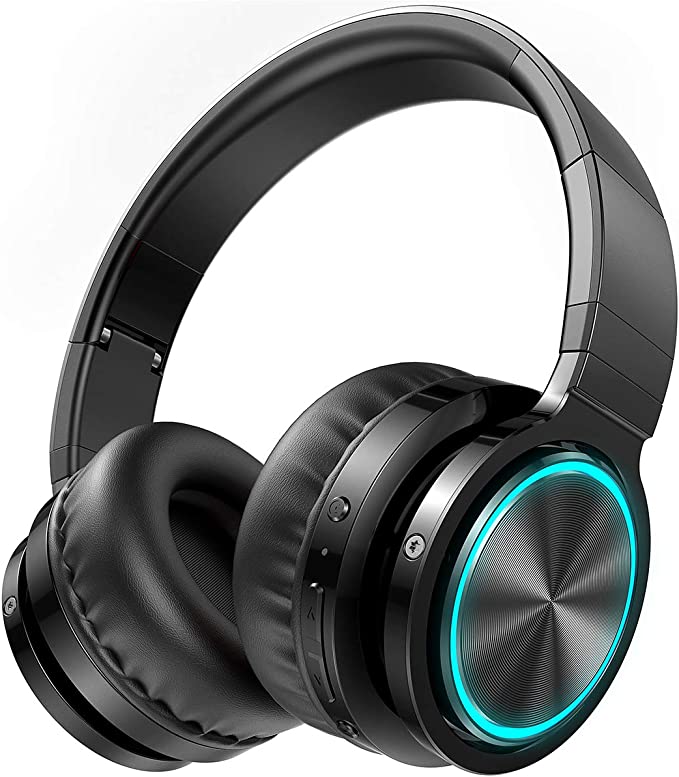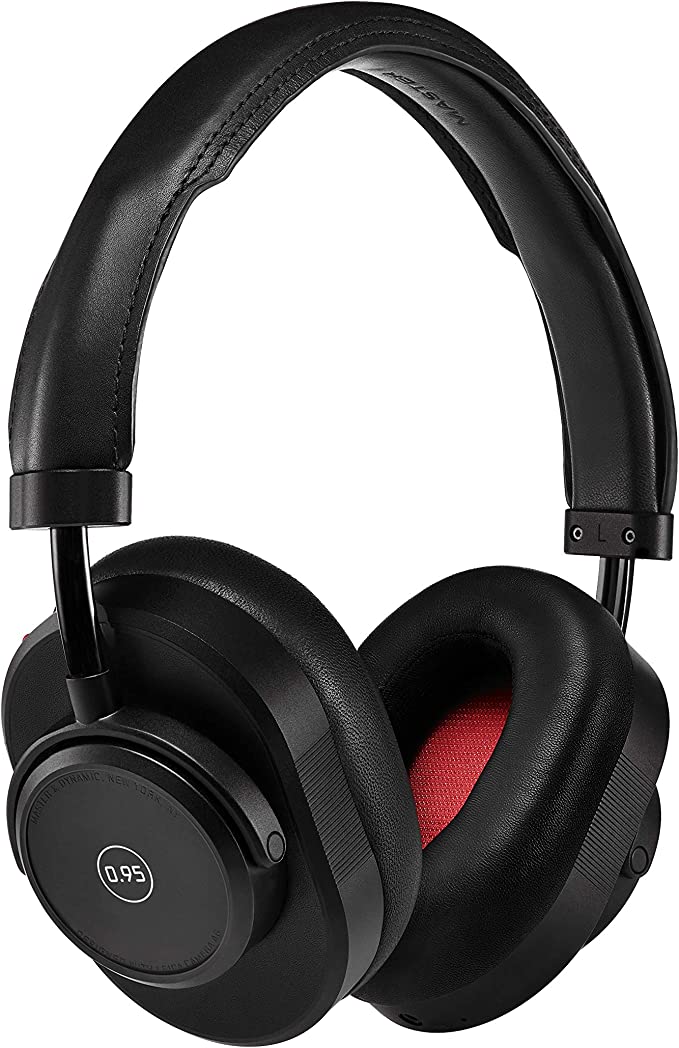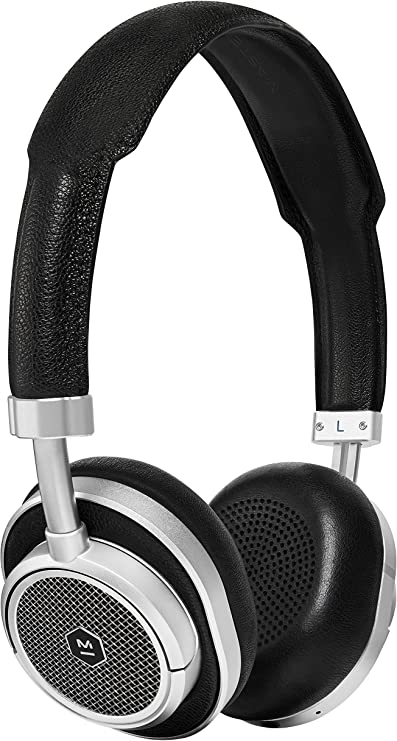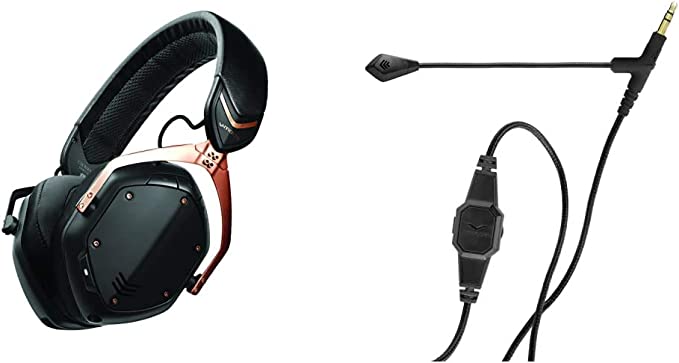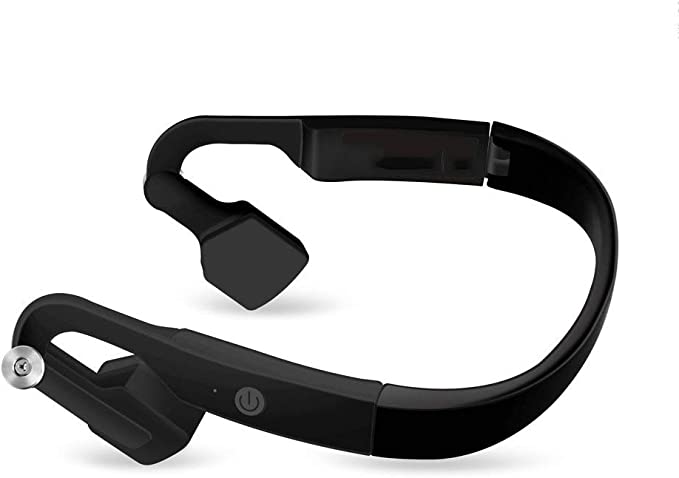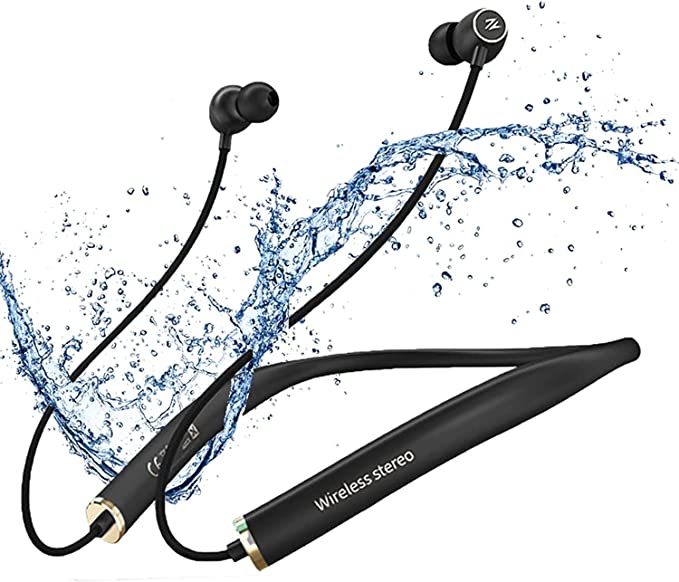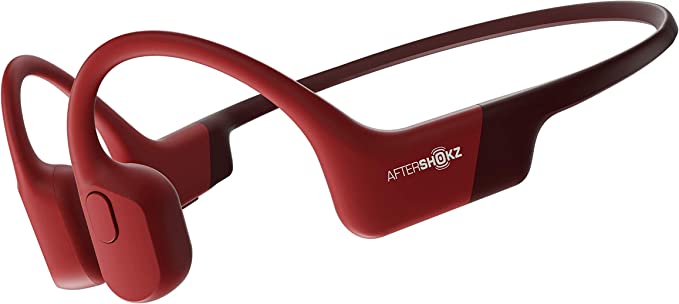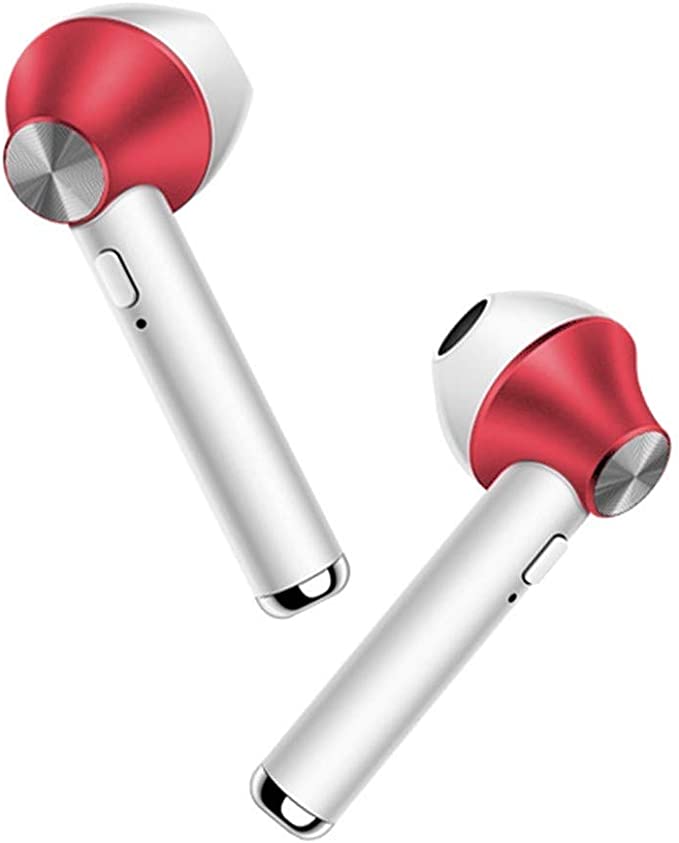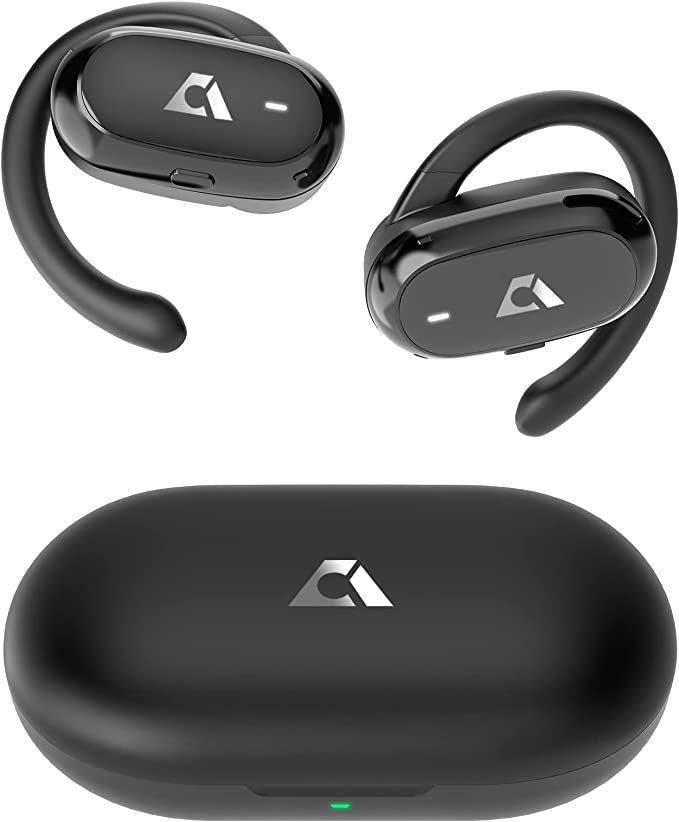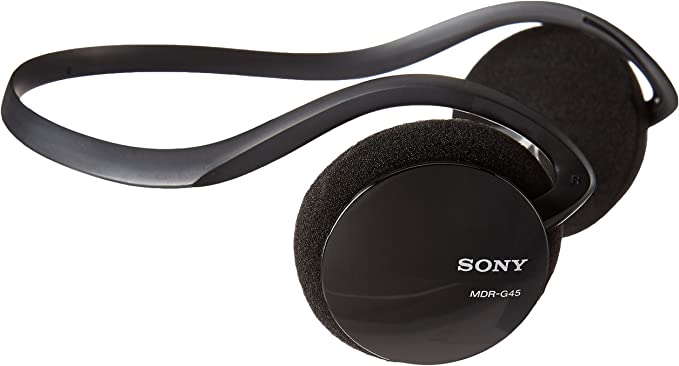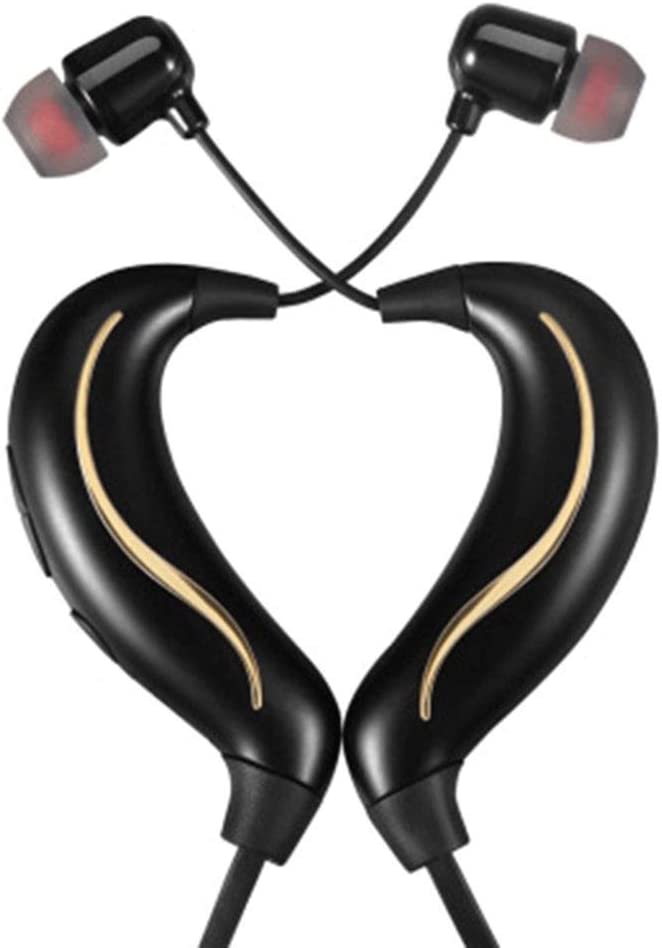VRIFOZ V7 Wireless Headphones: Open-Ear Comfort and Safety with Air Conduction
Update on Feb. 21, 2025, 4:32 p.m.
The Sound of Freedom: Introducing Open-Ear Listening
Imagine you’re cycling through a vibrant city park, the sun on your face, the wind in your hair. You want to enjoy your favorite playlist, but you also need to hear the sounds around you – the laughter of children, the warning bell of another cyclist, the rustling of leaves. Traditional earbuds would block out these crucial sounds, creating a potentially dangerous situation. This is where open-ear listening comes in. It’s a way to experience audio without isolating yourself from the world. And the VRIFOZ V7 wireless headphones are a prime example of this technology, leveraging the natural process of air conduction to deliver sound.

What is Air Conduction, Really?
We often take hearing for granted, but it’s a remarkably complex process. At its core, air conduction is simply the way we naturally hear most sounds. It’s not some new-fangled technology; it’s the fundamental way sound has reached our ears since the dawn of time.
Think of a drum. When you strike the drumhead, it vibrates. These vibrations create pressure waves in the air, like ripples spreading across a pond. These pressure waves are what we call sound waves. The higher the frequency of these waves (how many waves pass a point per second), the higher the pitch of the sound we perceive. The greater the amplitude (the size of the waves), the louder the sound.
A Brief History of Hear Through (Air Conduction).
The understanding of air conduction dates back centuries, even though the technology to fully harness it for personal audio is relatively recent. Ancient Greek philosophers, like Pythagoras, pondered the nature of sound and its transmission. Later, scientists like Leonardo da Vinci made crucial observations about sound waves. The development of the telephone in the 19th century by Alexander Graham Bell was a major milestone, demonstrating how sound could be converted into electrical signals and transmitted over distances, ultimately to be converted back to sound waves through air conduction at the receiver’s end. It is important to clarify the difference. Although the technology of headphones are recent, the principle has always been there.
How Does Air Conduction Work?
These sound waves travel through the air and reach our ears. Our outer ear, the part we can see (the pinna), acts like a funnel, collecting these waves and directing them into the ear canal. The ear canal is essentially a tube that leads to the eardrum.
When the sound waves reach the eardrum (a thin membrane), they cause it to vibrate, just like the drumhead. These vibrations are incredibly small, but our ears are incredibly sensitive. Attached to the eardrum are three tiny bones – the malleus, incus, and stapes (also known as the hammer, anvil, and stirrup). These bones, the smallest in the human body, form a lever system that amplifies the vibrations.
The stapes, the last bone in the chain, is connected to the oval window, a membrane-covered opening into the inner ear. The inner ear contains a fluid-filled structure called the cochlea, which is shaped like a snail shell. The vibrations from the stapes create pressure waves in the fluid of the cochlea.
Inside the cochlea are thousands of tiny hair cells. These hair cells are sensitive to different frequencies of sound, like the keys of a piano. When the fluid waves move, they cause these hair cells to bend. This bending triggers electrical signals that are sent to the brain via the auditory nerve. Finally, our brain interprets these signals as sound – music, speech, or the sounds of the world around us.
Air Conduction vs. Bone Conduction: A Clear Distinction
It’s crucial to differentiate air conduction from bone conduction. While both deliver sound to the inner ear, they take different paths. As we’ve seen, air conduction uses the air as the medium to transmit sound waves to the eardrum. Bone conduction, on the other hand, bypasses the eardrum entirely. Bone conduction headphones transmit vibrations through the bones of the skull directly to the cochlea.
Think of it this way: Air conduction is like listening to a speaker in a room. Bone conduction is like feeling the vibrations of a bass drum through your feet at a concert. Both methods allow you to hear, but the experience and the pathway are different.
VRIFOZ V7: Designed for the Active Life
The VRIFOZ V7 wireless headphones are specifically designed to take advantage of air conduction. Their open-ear design sits near your ear, not inside it, leaving your ear canal completely open. This allows sound waves to travel naturally through the air to your eardrum, providing a listening experience that is both comfortable and aware.

Feature Focus: Open-Ear Design - Comfort and Awareness
The defining feature of the VRIFOZ V7 is its open-ear design. Unlike traditional earbuds that can cause pressure, discomfort, and even ear fatigue after prolonged use, the V7’s design avoids these issues. Because they don’t block your ear canal, there’s no feeling of occlusion or pressure buildup. This makes them ideal for extended wear, whether you’re on a long run, a challenging hike, or simply working at your desk.
But the benefits extend beyond comfort. The open-ear design allows you to remain fully aware of your surroundings. This is crucial for safety, especially during outdoor activities. You can hear traffic, approaching cyclists, conversations, and any other sounds that might alert you to potential hazards. It’s like having a soundtrack to your life without sacrificing your connection to the world around you. The sound will have some leakage due to the design, but this should be minimal and acceptable in most situations.
Feature Focus: IPX7 Waterproofing - Ready for Anything
The VRIFOZ V7 boasts an IPX7 waterproof rating. But what does that really mean? The IP code (Ingress Protection) is an international standard that classifies the degree of protection provided by enclosures for electrical equipment. The “X” in IPX7 means that the device hasn’t been formally tested for dust protection. The “7,” however, is the key. It signifies that the VRIFOZ V7 can withstand immersion in water up to 1 meter (about 3.3 feet) deep for up to 30 minutes.
This level of waterproofing goes beyond just sweat resistance. It means you can wear the V7s in heavy rain, during intense workouts where you’re sweating profusely, or even accidentally drop them in a puddle without worrying about damage. The materials used in the V7’s construction are chosen for their ability to repel water and prevent it from reaching the sensitive electronic components inside.

Feature Focus: Wireless Freedom with Bluetooth
The VRIFOZ V7 utilizes Bluetooth technology for wireless connectivity. Bluetooth is a short-range wireless communication protocol that allows devices to exchange data over radio waves. It operates in the 2.4 GHz frequency band, the same band used by Wi-Fi and many other wireless devices.
When you pair your V7 headphones with your smartphone, they establish a secure wireless connection. Your phone transmits digital audio data to the headphones, which then convert that data back into analog sound waves that you can hear. Bluetooth technology has evolved significantly over the years, with newer versions offering improved range, stability, and power efficiency. While the specific Bluetooth version used in the VRIFOZ V7 is not provided, it’s safe to assume that it offers a reliable connection for typical usage scenarios.
Feature Focus: Staying Connected - The Microphone
The VRIFOZ V7 also includes a built-in microphone, allowing you to take calls and interact with voice assistants without taking your phone out of your pocket. A microphone is essentially a transducer – a device that converts one form of energy into another. In this case, it converts sound waves (your voice) into electrical signals.
There are various types of microphones, but many use a diaphragm – a thin, flexible membrane that vibrates in response to sound waves. These vibrations are then converted into electrical signals using various mechanisms, such as a piezoelectric crystal or a moving coil. The electrical signals are then processed and transmitted wirelessly to your phone.
The Future of Sound: What’s Next for Air Conduction?
Air conduction technology for headphones is still evolving. We can expect to see further advancements in several areas:
- Improved Sound Quality: While open-ear headphones often prioritize comfort and awareness, ongoing research is focused on enhancing their audio fidelity. This includes developing more sophisticated drivers and acoustic designs.
- Reduced Sound Leakage: One of the challenges with open-ear designs is sound leakage – the sound that escapes from the headphones and can be heard by others. Future designs may incorporate techniques to minimize this leakage, making them more suitable for use in quiet environments.
- Personalized Audio: Just as eyeglasses are customized to your vision, future headphones may be tailored to your individual hearing profile, providing an optimized listening experience.
- Integration with Other Technologies: We might see air conduction headphones combined with other wearable technologies, such as augmented reality glasses or fitness trackers.

Conclusion: Embrace the Natural Way to Listen
The VRIFOZ V7 wireless headphones offer a compelling alternative to traditional headphones, particularly for those who value comfort, safety, and awareness. By leveraging the natural principle of air conduction, they provide a listening experience that is both enjoyable and connected to the world around you. While the VRIFOZ V7 is currently unavailable, it represents a significant step forward in headphone technology. Keep an eye out for its return, or explore other open-ear headphones that embrace the benefits of air conduction. It’s a natural, comfortable, and safer way to experience sound.
